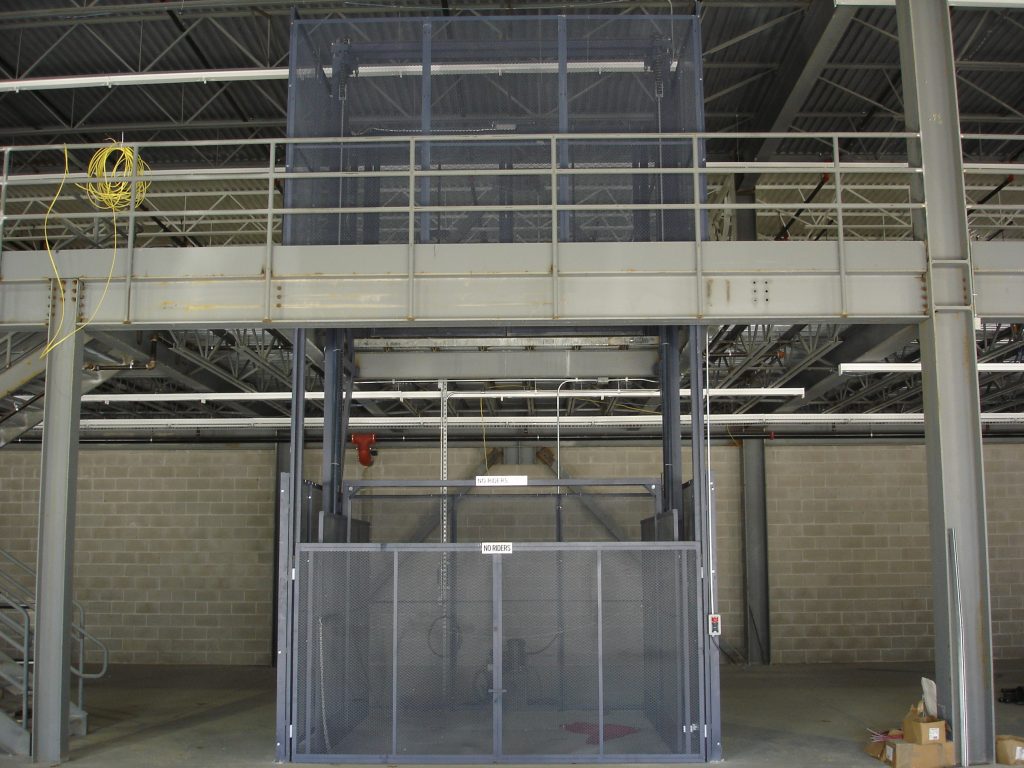Hydraulic vs. Mechanical VRC
 Vertical Reciprocating Conveyors (VRC) are lifts designed for the vertical transfer of objects and materials to different vertical levels. These vertical lifts offer efficiency, as well as an increase in workplace safety through reducing labor and potentially eliminating the need to carry materials from one level to another. To get the best, most cost-effective use from a VRC it is important to know which type of fits the specific application.
There are two main types of VRCs:
Vertical Reciprocating Conveyors (VRC) are lifts designed for the vertical transfer of objects and materials to different vertical levels. These vertical lifts offer efficiency, as well as an increase in workplace safety through reducing labor and potentially eliminating the need to carry materials from one level to another. To get the best, most cost-effective use from a VRC it is important to know which type of fits the specific application.
There are two main types of VRCs:
- Hydraulic VRC
- Mechanical VRC
